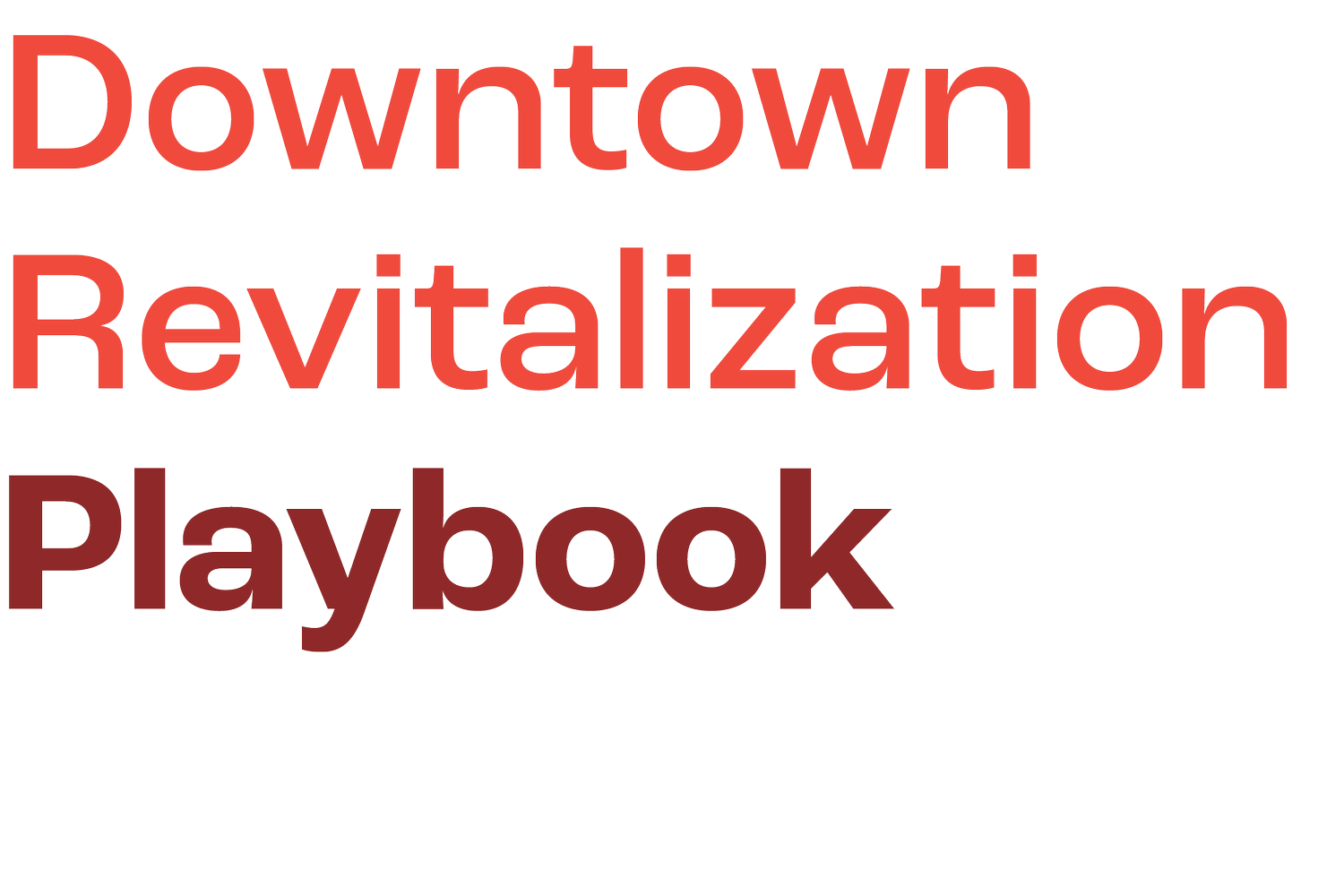Village of Shawnee, OH
The development of West Main Street is growing from the ground up, building on local natural assets, entrepreneurs, investors and community engagement and support. External investment is simultaneously fueling the economy. Public-private partnerships include Hocking College, Black Diamond Development LLC (BDD), Buckeye Trail Association (BTA), Ohio Hill County Heritage Area (OHCHA) and regional nonprofits like Rural Action and ACEnet. The initiative focuses equally on building acquisition/renovation and business development, all aligned around experiential tourism.
Stage of Investment: Advanced Implementations
Population: 391 (2019)
Date Started: 2017
Estimated Completion: 2022
Key Players
Spotter: John Winnenberg, Andrew Bashaw, and Bret Adams
Framer: The community, the investors, and other public funding.
Project Managers: John Winnenberg, Andrew Bashaw, and Bret Adams
Community Engager: John Winnenberg, Andrew Bashaw
Technical Assistance: ACENet and Rural Action
Investors: BDD, the Village of Shawnee, Sunday Creek Associates, Hocking College, USDA, ARC, and the Abandoned Mine Lands Economic Revitalization Grant
The Spark
Bret Adams (BDD) got a call from a business partner who exclaimed “You gotta invest here!” This led Bret to bring his money and experience in Cleveland to Shawnee. Proximity to Wayne National Forest, various state parks, architectural history, higher education institutions, and an existing community vision, made for endless investment possibilities.
The Challenge
A former coal town, Shawnee has experienced persistent poverty, population decline, and external control, ultimately resulting in town deterioration and a lack of investment. Traditional economic solutions like “attraction/expansion” were not realistic options.
“Partnerships have been successful as a result of mission alignment and complementary resources between unlikely partners. When approaching economic development, stay true to your values and vision, focus on the resources you have to offer, be open, and think ethically.”
The Investment
The early investment by OHCHA and BTA was essential to building community support and vision. It is critical to have a clear vision when seeking external investment to ensure that development is community driven. A USDA grant was used to start a farmers market. The presence of “third spaces’’ for community members to gather has been important to furthering dialogue. Rural Action also received an ARC grant to develop the Bailey’s Trail System, the Buckeye Trail, and a multi-use path that connects the Buckeye Trail to West Main Street. This investment will leverage other funding.
Investment by Rural Action, ACEnet, and OHCHA in the development and sustainability of local businesses was also key, resulting in the renovated Harigle Garage and Tecumseh Theater. Hocking College invested in the Black Diamond Distillery and Star Brick Brewing to create a hands-on opportunity for students in their Fermentation Science program. These college-owned and operated businesses create, produce, and sell local spirits and beer produced by students.
An outside investor, Bret Adams purchased several buildings on West Main Street. With complementary funding from federal and state grants, these buildings are being renovated and new businesses have started, including the Black Diamond Tavern which sells Star Brick Brewing products to local retail stores. Bret has also partnered with the College Carpentry Program to build tiny houses for tourist accommodations around the Tecumseh Lake in Shawnee. As of August 2021, 5 of 12 units have been built. Hocking College will share in the revenue from the tiny house rentals going forward. Finally, in collaboration with the Wayne National Forest, there are efforts underway to gain additional land for the campground by the lake.
The Village of Shawnee has supported infrastructure development to the campsites and other locations and has modified zoning to make this all work. It is critical to get traditional economic development on board for local investment, including endorsement from the town mayor.
The Return on Investment
BDD invested financial resources where they saw a potential positive ROI. This would not have been possible without the planned investment of a federal Abandoned Mine Lands Economic Revitalization grant in building renovations and campsite development. BDD transferred the campsite land to the Village of Shawnee in return for a 99-year lease.
Hocking College invested significant staff time and resources. The hope is to promote local economic development and job opportunities for high-skilled graduates, in addition to increasing enrollment as students see shared values and impact. BTA had been trying to get Hocking College onboard for years, but it was not until there was a clear return on investment that they eventually came to the table.
What’s Next?
“Now, some bright, young folks have come together to form the New Little Cities Council to continue the work,” said John Winnenberg. In partnership with longer-lived efforts, the Council is bringing renewed energy and focus to Shawnee.
Key Takeaways
Public-private partnerships, including resources from outside of the community, are needed to complete the capital stack. Ensure that there are not only shared expectations from the start, but also community organizations and networks in place to respond to developer’s interests quickly. Outside developers tend to show interest in places where things are happening.
Impact comes from focusing on both building renovation and business development. An empty building doesn’t build a downtown. Business development is more than technical assistance and can include a network of mutually supportive enterprises.
Meet the needs of who is there – not who might come. Outside investors need to consult with local organizations, government, and businesses to provide a benefit for local folks.
Presenting clear ROI to partners can help them see the potential of their investment and encourage engagement. While there had been several years of conversation between the community and Hocking College, it wasn’t until the right people were in place and BDD presented a plan and a ROI that Hocking College invested significantly.
Key Investments in the Capital Stack
Equity: $2M+
Senior Debt: $400K+
Subordinated debt: None
Grant or Subsidy: $2,636,000





